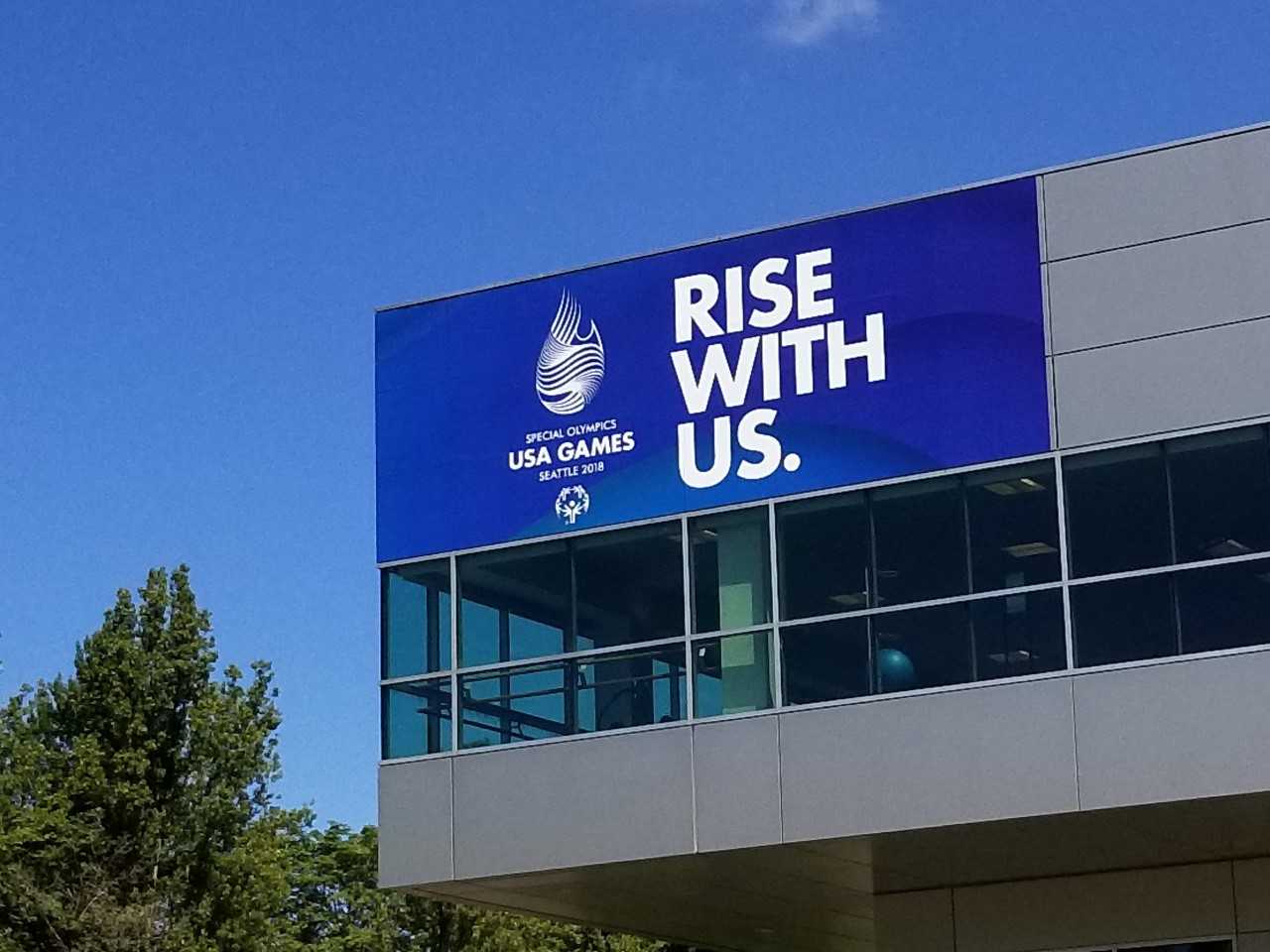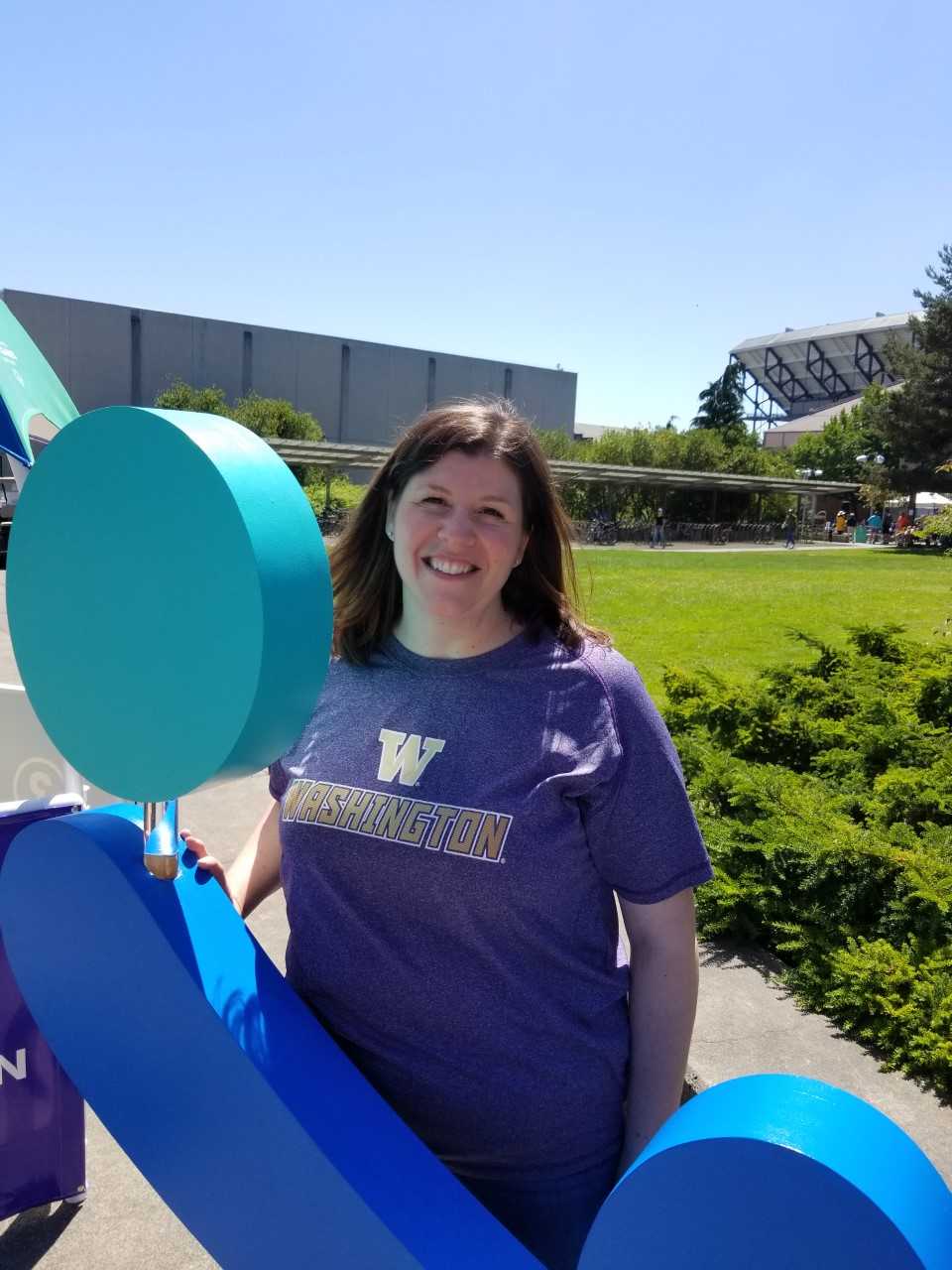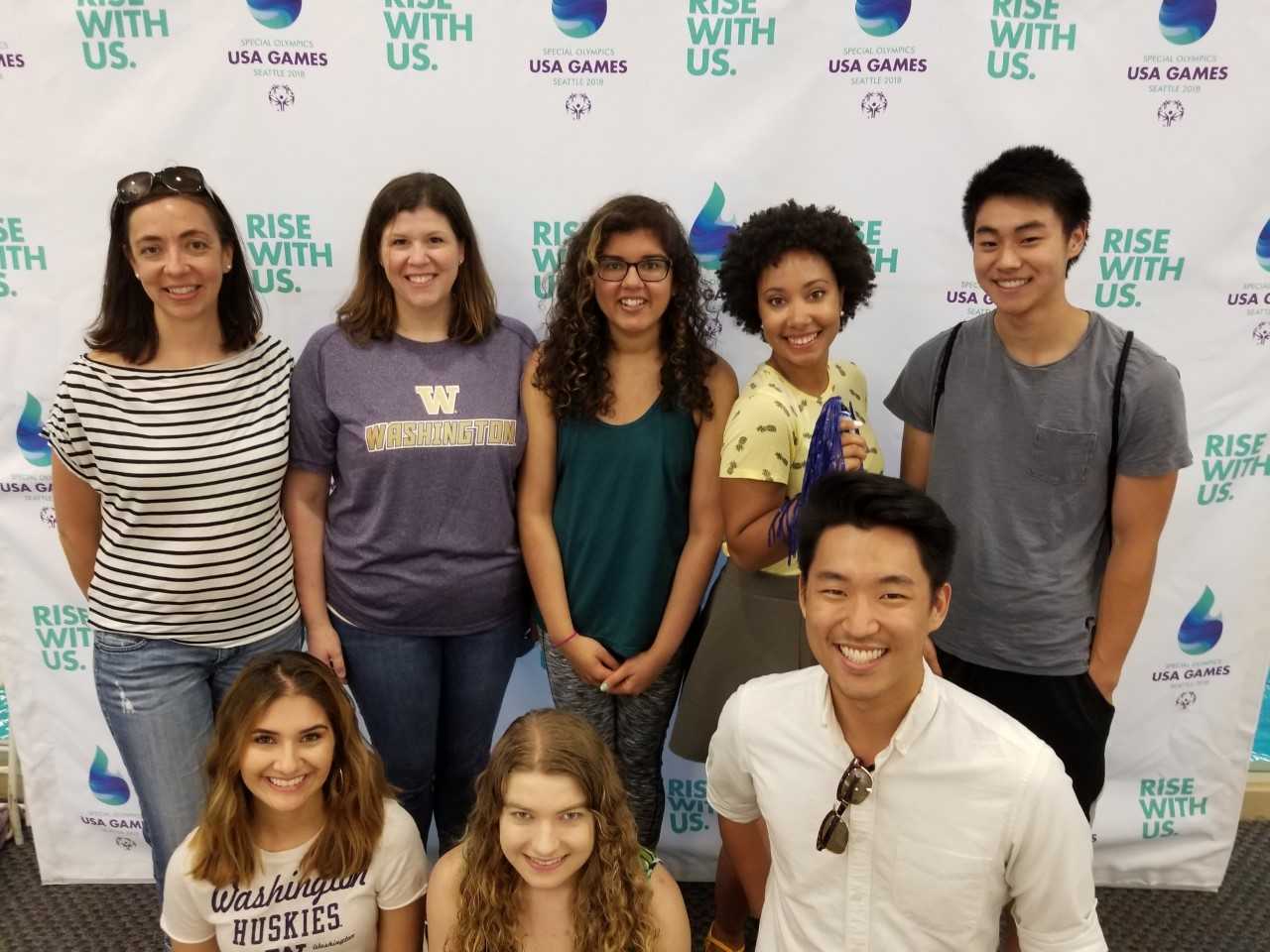The Bernier lab and the Murray Lab recently published an article in Current Biology title ‘Sex Differences in Visual Motion Processing.’ Below is a summary from the article, and links to different news article which came out today that discuss the findings.
Summary
The importance of sex as a biological variable has recently been emphasized by major funding organizations [1] and within the neuroscience community [2]. Critical sex-based neural differences are indicated by, for example, conditions such as autism spectrum disorder (ASD) that have a strong sex bias with a higher prevalence among males [51, 3]. Motivated by this broader context, we report a marked sex difference in a visual motion perception task among neurotypical adults. Motion duration thresholds [4, 5]—the minimum duration needed to accurately perceive motion direction—were considerably shorter for males than females. We replicated this result across three laboratories and 263 total participants. This type of enhanced performance has previously been observed only in special populations including ASD, depression, and senescence [6, 7, 8]. The observed sex difference cannot be explained by general differences in speed of visual processing, overall visual discrimination abilities, or potential motor-related differences. We also show that while individual differences in motion duration thresholds are associated with differences in fMRI responsiveness of human MT+, surprisingly, MT+ response magnitudes did not differ between males and females. Thus, we reason that sex differences in motion perception are not captured by an MT+ fMRI measure that predicts within-sex individual differences in perception. Overall, these results show how sex differences can manifest unexpectedly, highlighting the importance of sex as a factor in the design and analysis of perceptual and cognitive studies.
News articles discussing these research findings:
Journal Reference:
- Scott O. Murray, Michael-Paul Schallmo, Tamar Kolodny, Rachel Millin, Alex Kale, Philipp Thomas, Thomas H. Rammsayer, Stefan J. Troche, Raphael A. Bernier, Duje Tadin. Sex Differences in Visual Motion Processing. Current Biology, 2018; DOI: 10.1016/j.cub.2018.06.014


